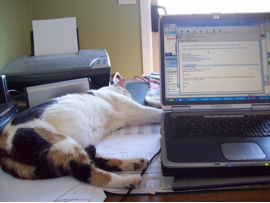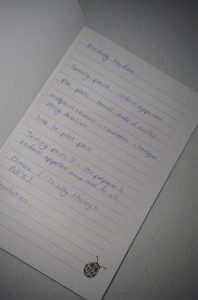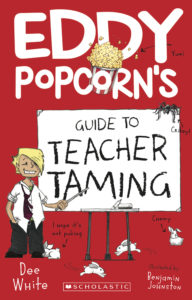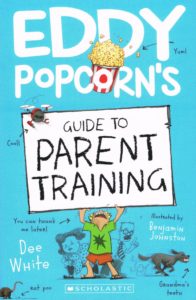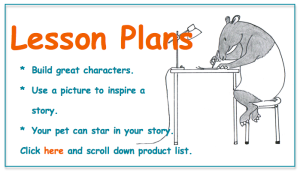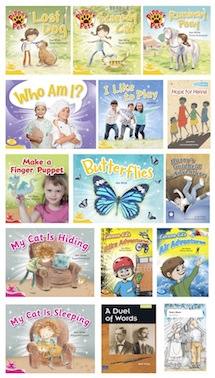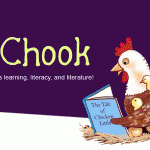A story will not engage the reader unless there is a problem for your main character that they have to fix.
How the character handles the problem is what makes your story unique and connects the reader to your character.
In your story, you will need to make the following choices for your main character:
- What do they want? It could be something like wanting to be liked or to belong?
- What is their story problem – who or what is stopping your character from getting what they want?
- Â How will your character overcome this?
In my book, Letters to Leonardo, my main character, Matt gets a letter on his birthday from the mother he thought was dead. Thinking about his story problem helped me decide what would happen in the story.
1. Â What did Matt want?
To find out why his father lied to him and told him his mother was dead when she wasn’t. He also wanted for his family to be together again.
2. Â What is stopping Matt from achieving this?
Matt doesn’t have enough information to find her and he doesn’t want to ask his father because he doesn’t trust him anymore.
When he does find his mother he discovers that his dream of a perfect family can never be real.
3. Â How will Matt overcome this?
Matt sets out to find his mother. He writes letters to Leonardo da Vinci to help him work through the emotional turmoil and move on with his life.
- Use a story you are working on or you can come up with a completely new idea.
- What is the story problem?
- How will the character try to solve this problem?
- Decide on the conclusion – how will the character’s problem actually be resolved?
- What will be gained by your main character?
- What will they lose?
- Once you have answered all these questions you will have the information you need to write your story.




